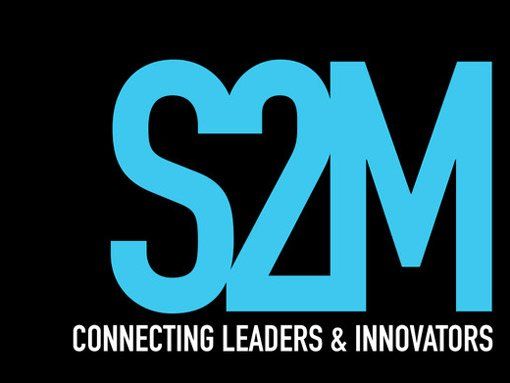The Vacuous Cycle: The Irresistible Rise of Mobile Media
Mobile media has become the fastest growing aspect of media. In today’s mobile centric business environment, the idea that anybody can produce content and write media has created a new world of content and media agencies. With mobile browsing being so dominant, and mobile apps being a new source of revenue, it’s little wonder that traditional media is struggling to keep up.
How did we get here?
Mobile browsing became popular around 2007, with the release of the first iPhone outside of the U.S., the iPhone 3G. With the widespread adoption of 3G browsing came the ability for anybody to access a fully-fledged article from their phone. While this might seem arbitrary nowadays, the pace at which most websites were forced to build in a mobile responsive element was unprecedented. The function of the iPhone that made it so perfect was the fact that it could zoom in on the screen, changing advertising revenue structures overnight as users could bypass click-through ads with this zooming feature.
From there, the smartphone industry has take on a life of its own. Any smartphone can show any piece of media. Youtube and other video apps have replaced the need to consistently watch television, and Netflix has become so widespread it would seem that television advertising is limited to an ever-decreasing set of niches.
Instant media
Like the invention of fast food, mobile media has given us some very interesting problems to solve. In the media world, we’ve entered into this problem of split second “eyeballing”. In the old world of traditional media, advertising revenue could be assured from the so called “rivers of gold” of classified ads, as well as advertising spreads or sponsored articles. Media agencies could be confident that viewers would see the ad, but could choose whether to engage. With mobile media, users are frequently checking their phone, but only for a few seconds or a minute at a time.
In a similar way that instant noodles provide energy of no nutritional value, mobile media users are now being fed content of no substance. With Snapchat and Instagram being the latest platforms for these users to consume vacuous content, and this makes it hard for media brands to create genuine engagement.
What trends do we expect to happen?
The first and foremost problem that mobile media has created is engagement depth. With mobile media, a user will generally be engaged for a few seconds at a time. This has given rise to things like clickbait, and the increasing prevalence of shallow and meaningless content.
This will only get worse before it gets better. As social media and other mobile centric media outlets move themselves to draw in the “eyeballs”, there may be no shortage of short and meaningless pieces of content. I coin this term “the vacuous cycle”, in honour of the “virtuous cycle” that we so often strive for in business.
Mobile media may mature in the future. When it does, new audiences may come to the fray, which will hopefully create the virtuous cycle for content of substance. Only time will tell though.






